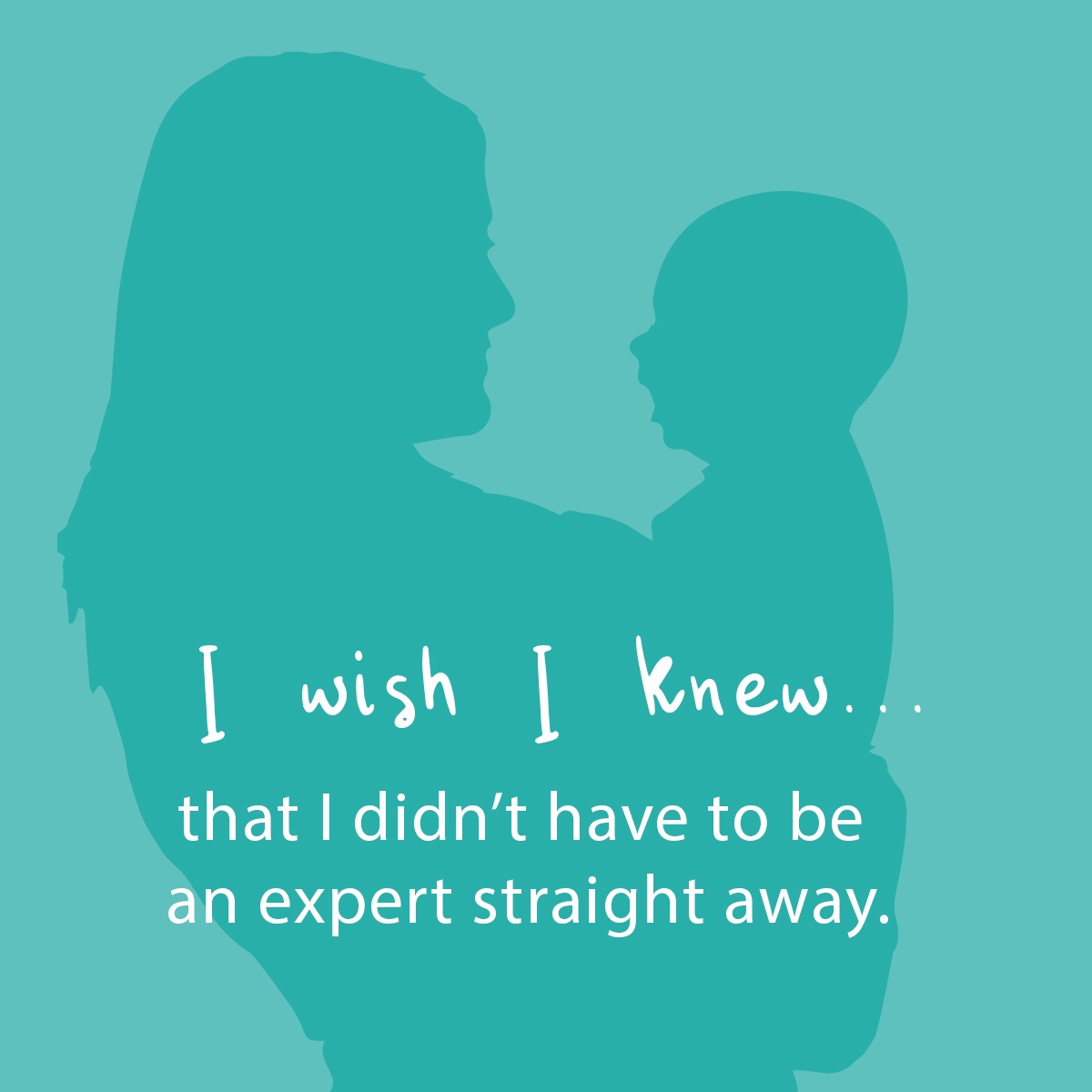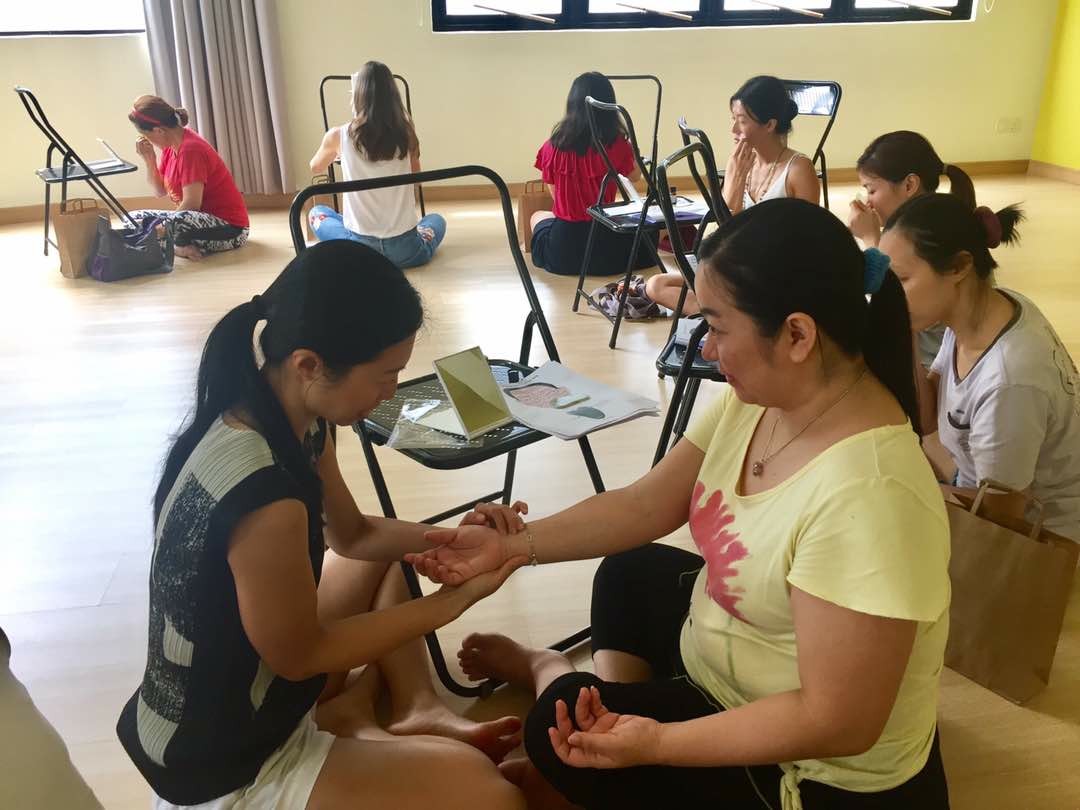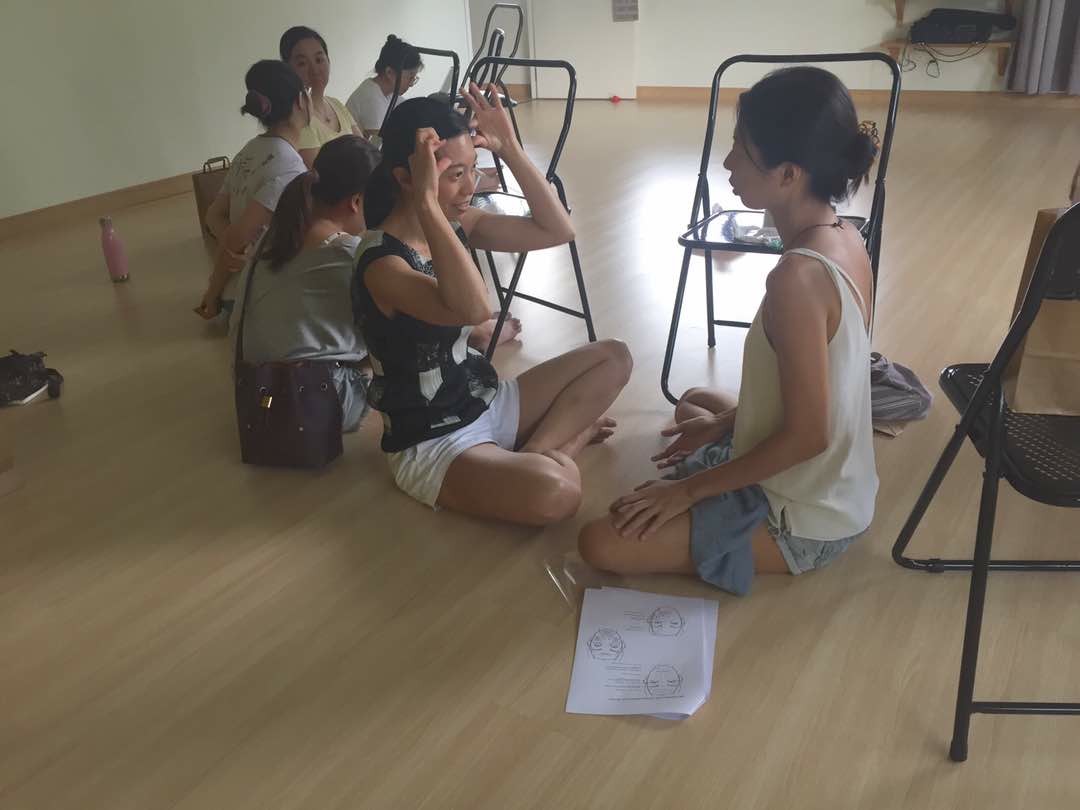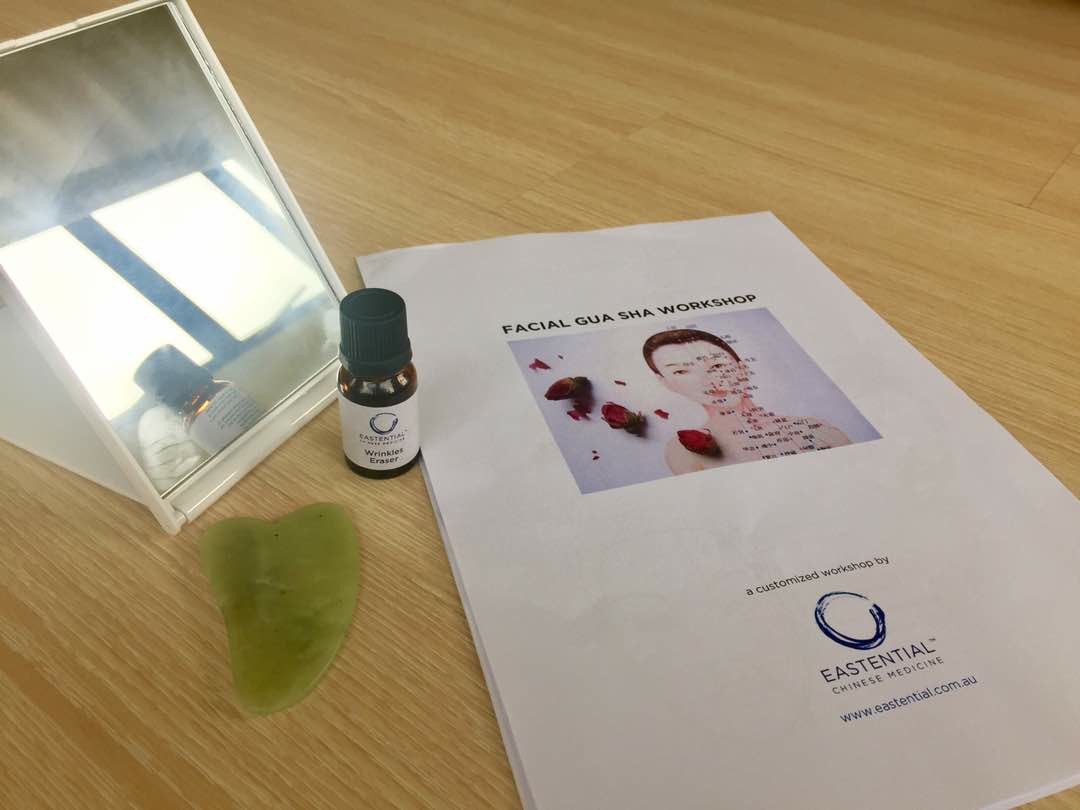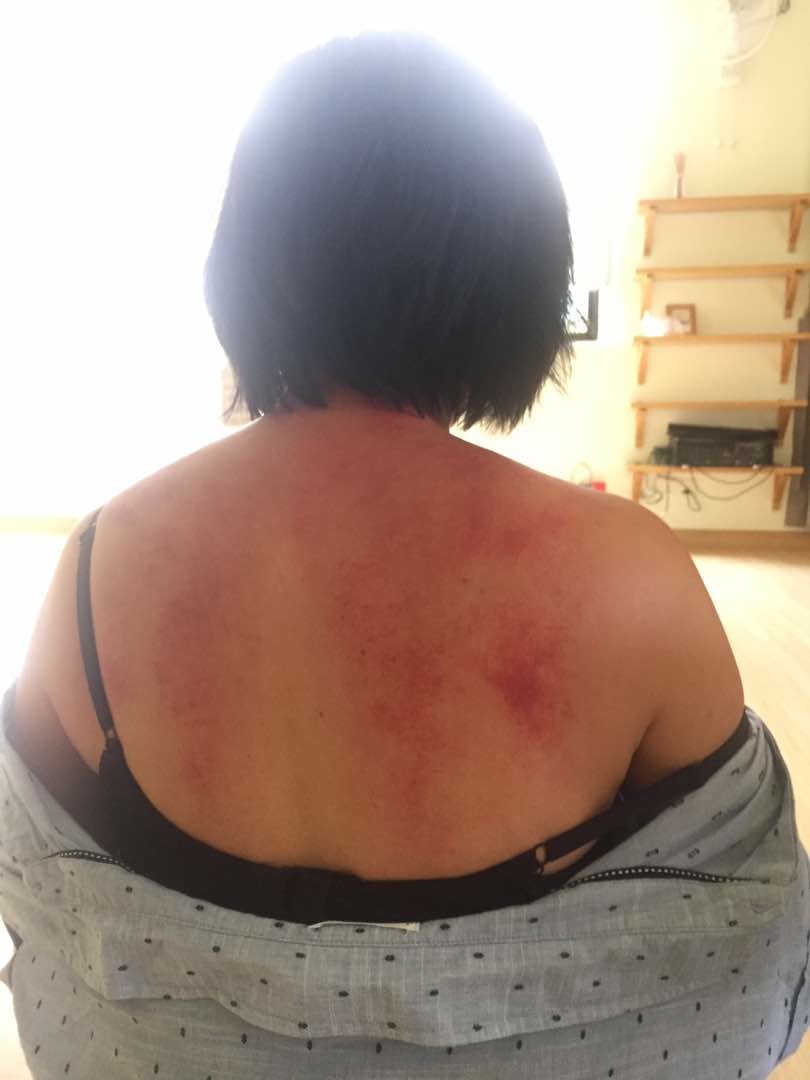A simple Asian inspired salmon ceviche by MG Test Kitchen for those lazy summer days or for canapes/starters on Christmas day. Enjoy!
Serves 4-6 people as a starter.
Ceviche marinade
2 stalks of lemongrass (only the lower bulbous half of the stalk), sliced and chopped finely
2 kaffir lime leaves (available from Asian supermarkets. These leaves may also be frozen for longer storage)
Small to medium bag of coriander leaves and stalks
Fish sauce to taste
Dark brown sugar or palm sugar to taste (palm sugar is available in Asian grocers or in larger supermarkets in a thick liquid format or cylindrical blocks. The latter will need to be grated until you yield the desired amount of sugar)
Garlic powder and pepper to taste
1 tbsp sesame oil
Juice and finely grated rind of 1 - 2 limes (depending on how juicy the fruit is)
Salmon
800gm fresh salmon
2 ripe avocados
Small bag of fresh coriander leaves
Small bag of fresh mint leaves
2 tablespoons sesame seeds
To serve:
2 baby gem lettuce
20gm short or long grain white rice for the Toasted rice (optional)
Fried shallots (available at most supermarkets or Asian supermarkets)
Toasted peanuts, fine chopped
Method:
Separate the baby gem lettuce into individual "cups" and rinse well. Leave aside to dry
Make the toasted rice (if using) by dry frying the rice over a medium heat (no oil required). Remove the rice from the pan once it is a light brown colour and has a nutty aroma. Transfer the toasted rice to a mortar and pestle and crush until the rice grains look like grains of table salt.
Make the ceviche marinade by crushing the lemongrass, lime leaves, coriander leaves and stalks, and pepper in a mortar and pestle. You may need to divide this into two portions, depending on the size of your mortar and pestle. You may also use a food processor or a blender if you don't own a mortar and pestle, however you will get a much better flavour and aroma if you use a mortar and pestle as it releases the aromatic oils from the lemongrass and kaffir Iime leaves.
Once crushed to a fine paste, add the sesame oil, lime rind and juice.
Add the garlic powder, dark brown sugar OR palm sugar and fish suace, all to taste (note: fish sauce is very salty so add a little at a time). The marinade should be a balanced mix of savoury, sweet and sour flavours, and have viscous consistency. Set the marinade aside.
With a sharp knife, gently cut the salmon into 0.5 - 1cm cubes.
Transfer the raw cubed salmon to a large non-reactive mixing bowl (glass, stainless steel or ceramic) and gently mix in the ceviche marinade. Cover with cling film and leave to marinade in the fridge for 20 - 30 minutes (this is longer than a traditional ceviche would call for, but I find that this is necessary for the fish to take on the flavours of this marinade).
While the fish is marinating, warm a small pan on a medium heat. Once the pan has warmed, toast the sesame seeds gently (no oil required), ensuring to toss the seeds every few minutes. Toast until fragrant and the seeds turn a light golden colour. Do keep an eye on the seeds as different stove tops will have varying heat. Sesame seeds can burn easily and taste acrid.
Clean and remove the remaining coriander leaves from the stalks. Chop finely and set aside. Reserve a small bowl to garnish the dish.
Repeat step 9 with the mint.
Separate the avocado flesh from the skin and remove the stone. Gently cut the avocado into 0.5-1cm cubes (same size as the salmon).
Gently mix the toasted sesame seeds, chopped coriander, mint and avocado into the bowl of marinated salmon ceviche. Careful not to crush the avocado or salmon whilst mixing. Cover the bowl with cling film and store in the fridge if not serving immediately (it is preferably to serve this within the hour).
Arrange the baby gem lettuce cups on a large serving plate or on individual serving plates if serving a la carte. Spoon enough salmon ceviche into each lettuce cup and garnish with chopped mint, coriander, toasted rice (if using), fried shallots and finely chopped toasted peanuts.





